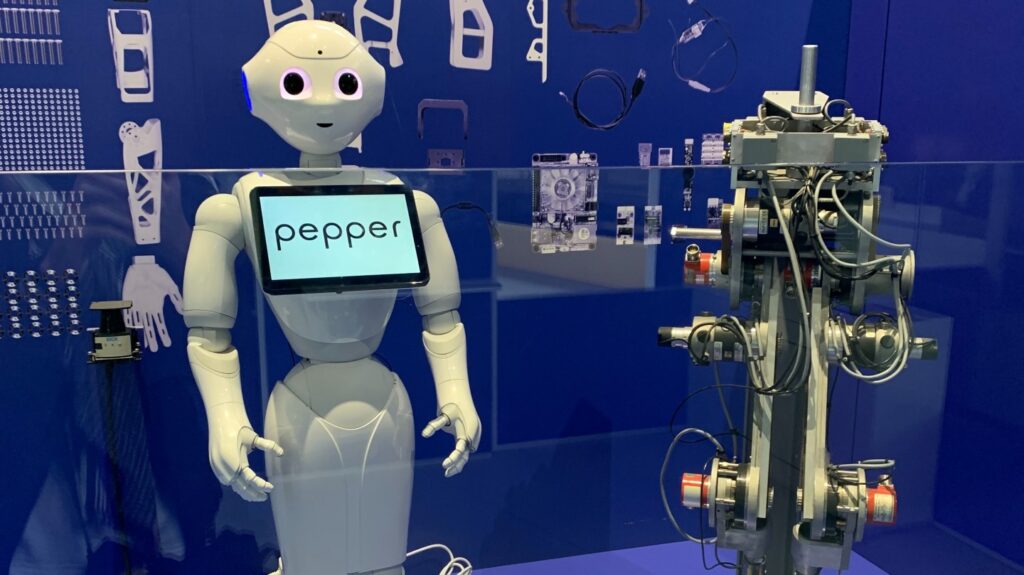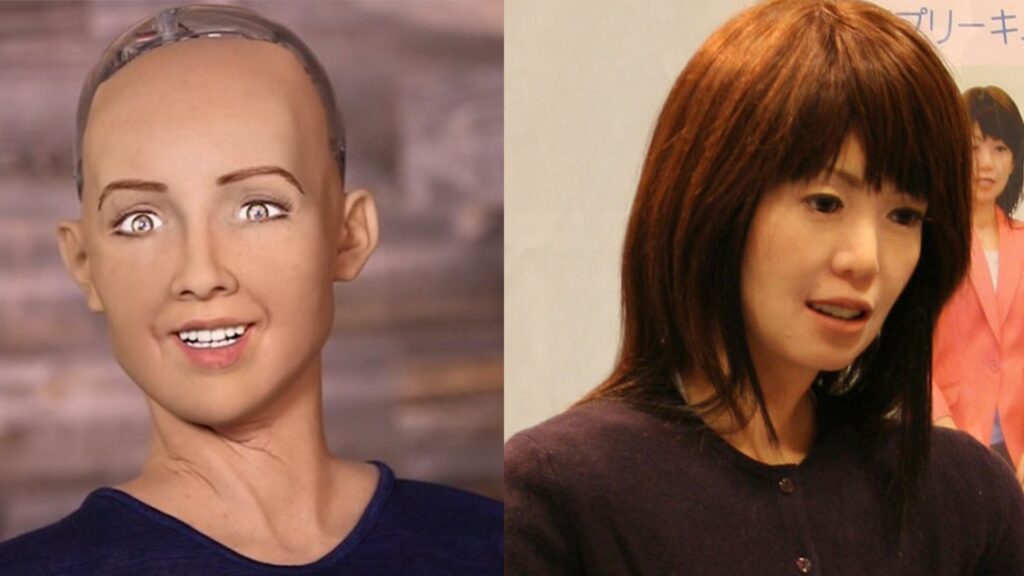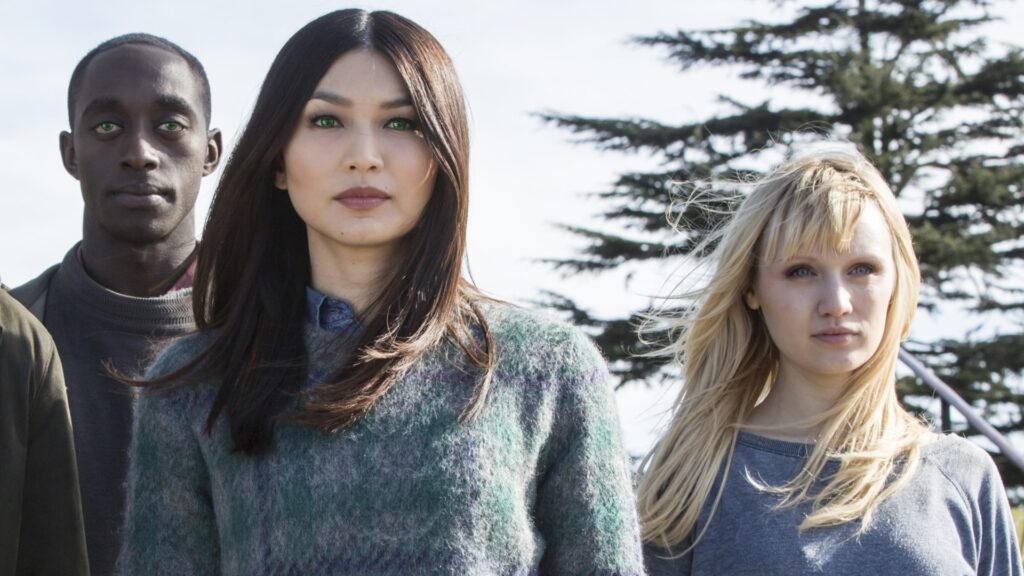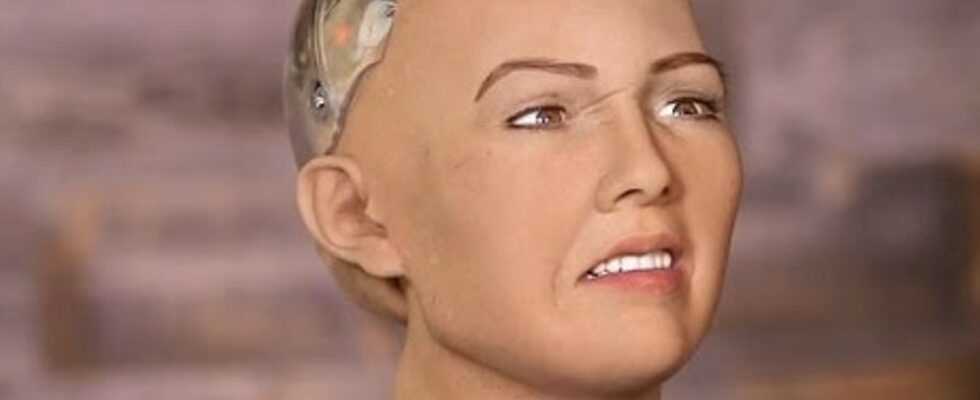“Uncanny valley” in English, “valley disturbing” or “valley of the strange” in French: this notion refers to the discomfort that we feel when faced with humanoid robots. But where does this come from?
Robots look more and more like us. In the movements, first of all: the videos of Boston Dynamics are constantly making the buzz with machines with disconcerting agility. And then there are the famous “humanoids”, these robots whose design is made to look exactly like a human being – the skin, the eyes, the mouth, the facial expressions. Recently, a robot of this kind has made the news: Ameca, described as hyperrealistic.
There is nothing intelligent about these robots — the expression “artificial intelligence” should not be trusted, which, nowadays, in reality only corresponds to algorithms that do not express a form of intelligence such as that we hear it. Despite everything, it is true that seeing a robot that visually resembles us at this point is impressive.
Impressive, and bizarre. Strange, even. So strange, in fact, that these humanoid robot faces create a feeling of deep unease. This phenomenon has a name: uncanny valleyor, in French, “disturbing valley” (sometimes “valley of the strange”).
How to define the disturbing valley?
The notion of the disturbing valley was coined in the 1970s by robotics engineer Masahiro Mori. The Japanese scientist hypothesized that the more robots look human, the more human observers show empathy and positive emotions about these subjects. However, this upward slope ends up reaching the top of the valley where the emotions change: after a certain stage of resemblance, the predominant emotion is repulsion.
Masahiro Mori postulated that after this peak, there is the downward slope on the other side of the valley: once this stage is crossed, if the robots become really difficult to distinguish from humans, the emotional responses become positive again.

Experience the Valley of the Strange
To simulate the valley in a fairly simple way, we suggest you experience it with a series of three illustrations, first based on reality, then using fiction.
For the first image, let’s take a “primitive” stage of robotics, with a robot that looks human, without looking too much like us. The example below is none other than the famous little robot Pepper (here on display at the Cité des sciences in the robotics exhibition). He is humanized, but clearly remains a robot.

A robot like Pepper does not (generally) inspire discomfort, rather amusement. We even tend to find him cute, a bit like Wall-E. But with the video below, the atmosphere will become very different. This is a malfunctioning dental humanoid robot. His human appearance, with its inhuman technical problems, plunges into deep unease.
This is a full illustration of the famous disturbing valley. A feeling that we find with other humanoid robots, like Sophia or Repliee Q2: these robots look like us, but, at the same time, they don’t really look like us. And the “imperfections” become terrifying – because they are monstrous in the sense of an abnormality that has no place to exist.

Many people are therefore much more comfortable with a robot that is clearly robotic, made of metal and only vaguely resembles a human, like Pepper, than with a robot that tries to imitate our skin, our eyes, etc
But what about on the other side of the valley, where the emotions become positive again? This downward slope does not really exist today. According to the disturbing valley theory, the robots in question would have to look a lot more like us than the humanoids we showed earlier.
To illustrate, we can always appeal to fiction. For example, the British series Humans shows humanoid robots so advanced that they are indistinguishable from a “real” human, except by the eyes, some details in the skin, a rigidity of the posture, etc. In this case, on the image, they are actually humans dressed up as robots, but this allows us to imagine what a humanoid robot belonging to the other side of the valley corresponds to.

Robots that really look like us, to the point that we hardly see the difference, are not about to happen. But it is clear that many roboticists are working on it.
Robots that look like us: between marketing bluff and God complex
But if these robots are so terrifying, why bother to create robots that look like us? ” I think the desire to create machines in our own image comes from the very human hubris of believing that our ‘form’ is somehow an ideal that needs to be replicated “, commented a screenwriter of Battlestar Galactica (cult series where we find perfectly humanoid robots) from Numerama.
In this same decryption, Laurence Devilliers warned about the marketing bluff of robots that look like us: “ There is a lot of marketing work done to be either anxiety-inducing or fascinating. When we verbally interact with an object, we associate human characteristics with it, such as a gender. We project. Marketing uses the human unconscious to sell objects “.
